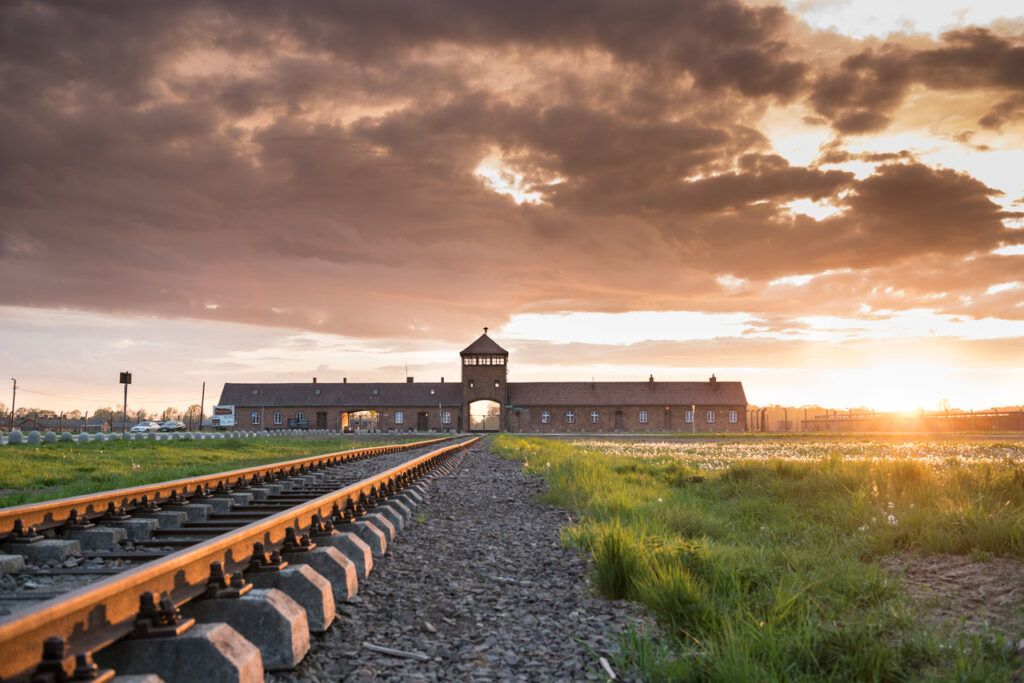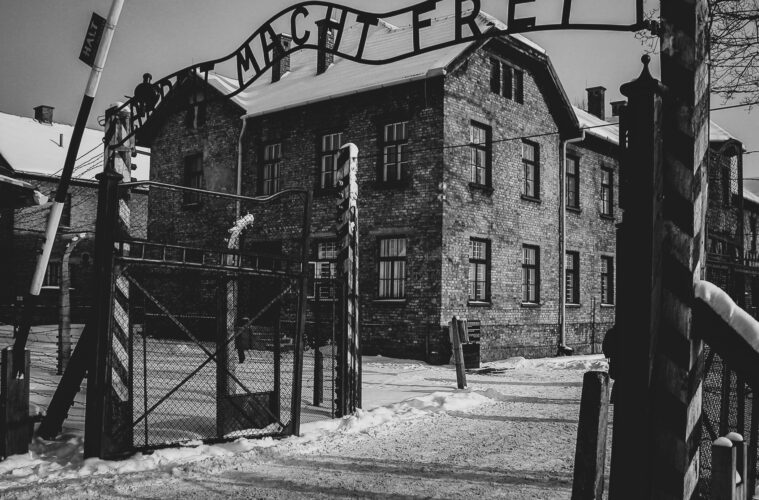 Auschwitz, a name that evokes pain, suffering, and the darkest chapter in human history. It was here, in this Nazi concentration and extermination camp, that over one million innocent lives were destroyed during World War II. Today, Auschwitz stands as a haunting reminder of the atrocities committed during the Holocaust. To comprehend the magnitude of this tragedy and pay homage to the victims, many people embark on Auschwitz tours. These tours offer a unique opportunity to delve into the past, learn from history, and ensure that such horrors are never repeated.
Auschwitz, a name that evokes pain, suffering, and the darkest chapter in human history. It was here, in this Nazi concentration and extermination camp, that over one million innocent lives were destroyed during World War II. Today, Auschwitz stands as a haunting reminder of the atrocities committed during the Holocaust. To comprehend the magnitude of this tragedy and pay homage to the victims, many people embark on Auschwitz tours. These tours offer a unique opportunity to delve into the past, learn from history, and ensure that such horrors are never repeated.
The Importance of Auschwitz Tours
Visiting Auschwitz is not merely a sightseeing experience; it is a pilgrimage to honor the victims, bear witness to their stories, and educate future generations about the consequences of hate and intolerance. Auschwitz tours provide an immersive experience that allows visitors to understand the magnitude of the Holocaust and reflect on the fragility of human rights.
Preserving Memory
One of the primary purposes of Auschwitz tours is to preserve the memory of the victims who suffered and perished in the camp. Walking through the barracks, gas chambers, and crematoria, visitors witness the remnants of the past and gain a deeper understanding of the horrors endured by those who were imprisoned here. The preserved artifacts, personal belongings, and photographs displayed in the Auschwitz-Birkenau State Museum serve as a powerful testament to the lives lost and the pain inflicted.
Education and Awareness
Auschwitz tours play a crucial role in educating visitors about the Holocaust and promoting awareness of the consequences of hatred and discrimination. Through guided tours, visitors learn about the rise of Nazi ideology, the systematic dehumanization of individuals, and the mechanisms of mass extermination. By understanding the historical context and the factors that led to the Holocaust, we can better equip ourselves to recognize the signs of intolerance and prevent such atrocities from happening again.
What to Expect on an Auschwitz Tour
A visit to Auschwitz entails a deeply emotional and educational experience. Here is what you can expect on an Auschwitz tour:
Guided Tours
Auschwitz tours are typically led by knowledgeable guides who provide insights into the camp’s history, answer questions, and ensure a respectful visit. These guides have a wealth of knowledge about the camp’s structure, the daily lives of prisoners, and the stories of survivors. Their expertise adds depth and context to the visit, allowing visitors to comprehend the enormity of the tragedy.
The Auschwitz I Museum
The Auschwitz I Museum, located on the grounds of the former Auschwitz concentration camp, is the first stop on most tours. Here, visitors can explore the exhibitions, which include photographs, personal belongings, and documents that shed light on the camp’s history. The museum also houses the reconstructed gas chamber and crematorium, serving as a chilling reminder of the camp’s primary purpose.
Auschwitz-Birkenau Memorial and Museum
The Auschwitz-Birkenau Memorial and Museum, also known as Auschwitz II, is the larger and more infamous part of the camp. It is here that the majority of the extermination took place. Visitors can walk through the vast expanse of the camp, passing by the remains of the barracks, the railway platform, and the ruins of the gas chambers and crematoria. This part of the tour provides a profound and somber experience, allowing visitors to grasp the scale of the atrocities committed.
Remembering and Reflecting
Auschwitz tours are not just about absorbing information; they are opportunities for reflection and remembrance. Here are a few ways to honor the victims and ensure their stories live on:
Observing Silence
While touring Auschwitz, it is important to maintain a respectful and contemplative atmosphere. Observing moments of silence, particularly at memorial sites, allows visitors to pay homage to the victims and reflect on the magnitude of the tragedy.
Sharing the Experience
After an Auschwitz tour, many visitors feel compelled to share their experiences with others. By spreading awareness and educating friends, family, and colleagues about the Holocaust and the importance of tolerance, visitors become ambassadors for remembrance and advocates for preventing future atrocities.
Supporting Holocaust Education
Another way to continue the legacy of Auschwitz tours is to support Holocaust education initiatives. By donating to organizations dedicated to preserving the memory of the Holocaust and promoting tolerance, visitors can contribute to creating a more compassionate and inclusive world.
Conclusion
Auschwitz tours offer a profound and humbling experience, allowing visitors to connect with the past and ensure the memory of the Holocaust lives on. By exploring the camp’s grounds, witnessing the remnants of the atrocities, and reflecting on the lessons learned, we honor the victims and strive to build a future free from hatred and discrimination. Auschwitz tours remind us of the importance of empathy, tolerance, and the protection of human rights, urging us to be vigilant in safeguarding the dignity of every individual.
Published by HOLR Magazine.


